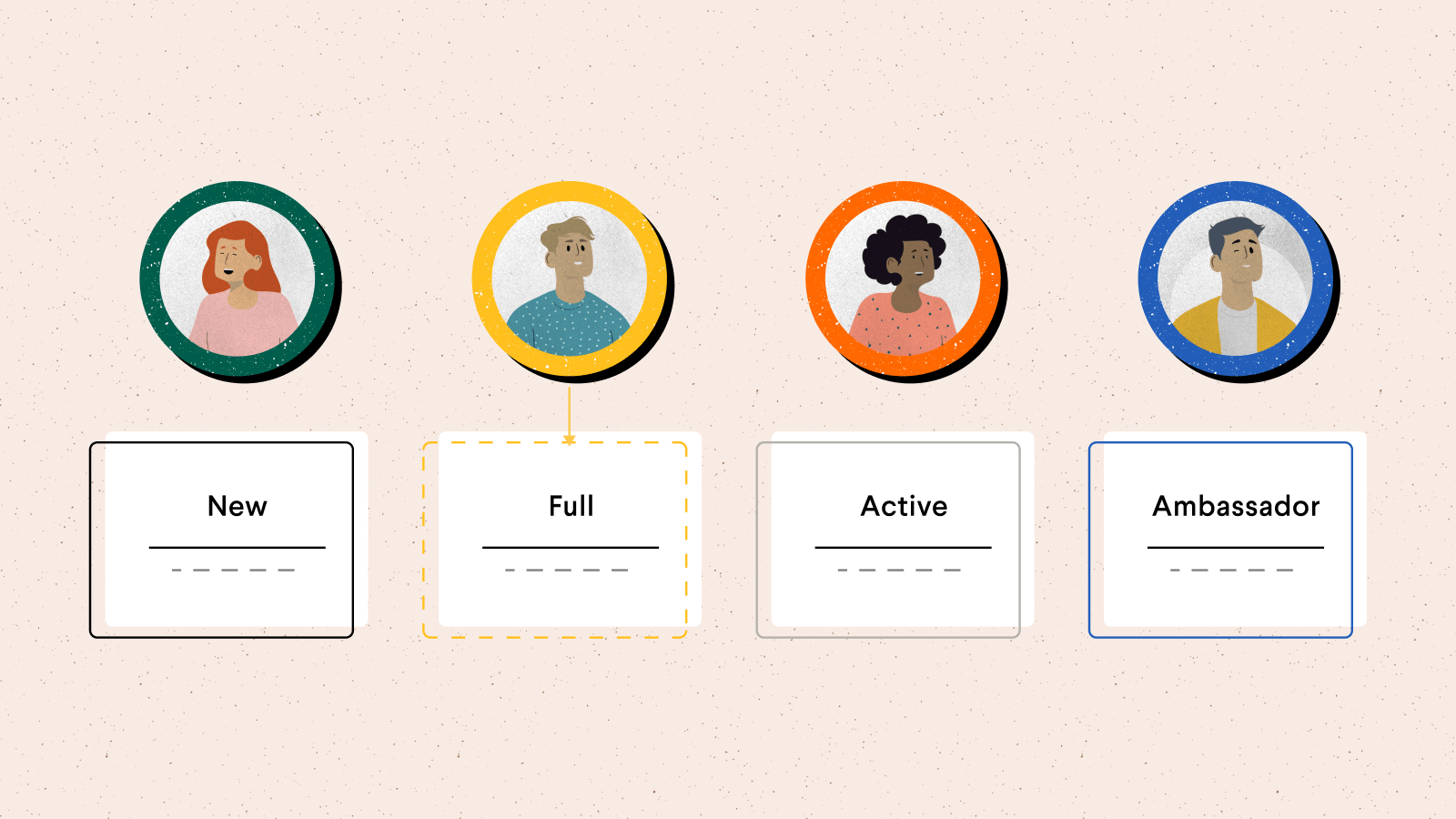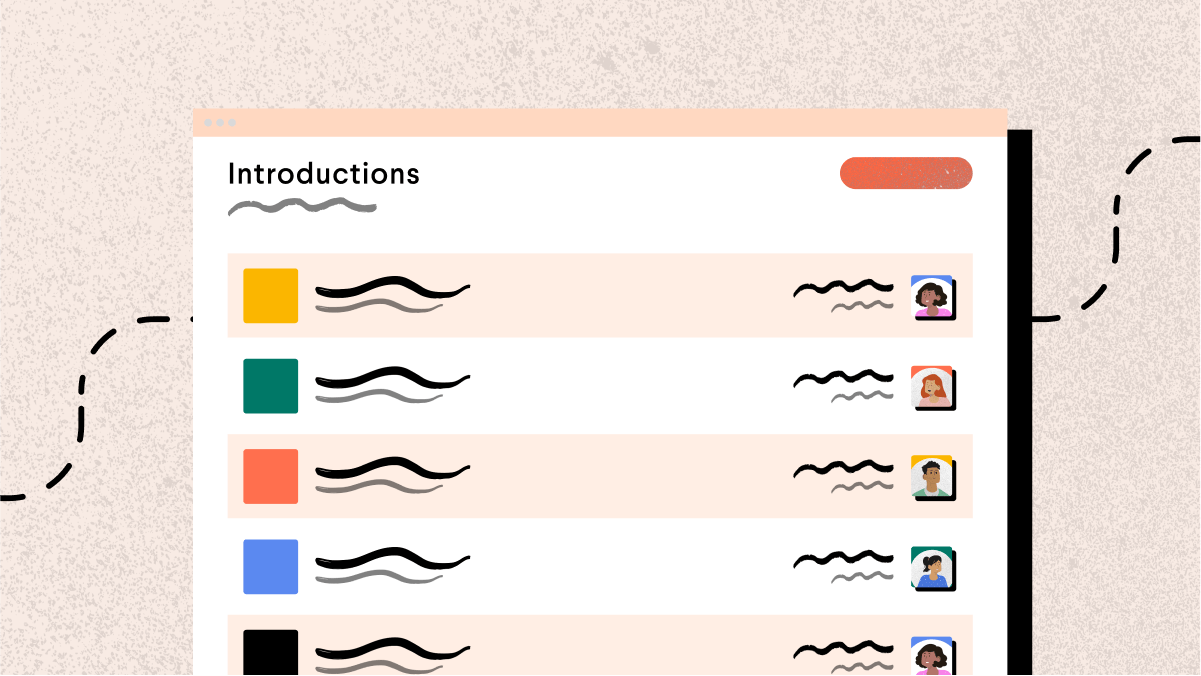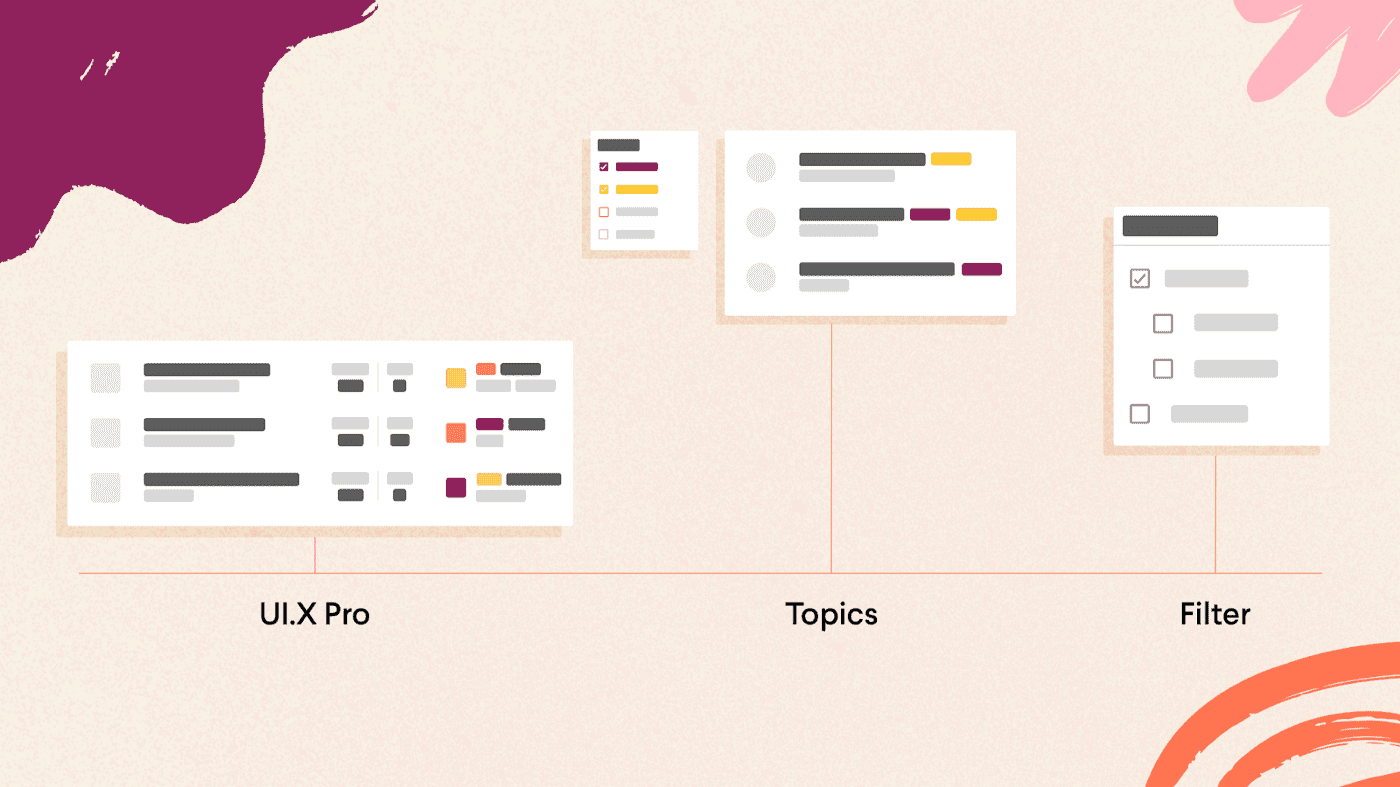Share This Article
People are using your product. You’re seeing steady adoption, maybe even some early loyalty or following around your brand.
So you’re asking: should we build a community around this?
The short answer: probably. But only if you’re ready to treat community as a long-term function, not a marketing stunt or a one-off Discord.
When built with intention, a brand-focused community improves retention, creates a direct line to audience insights, and builds trust that’s hard to copy in traditional advertising or social media outreach. But it doesn’t happen by accident, and it’s not as simple as “turn on the forum.”
Below we’ll outline a few simple tips on how to start your community and do it right.

Community Should Be About the User, Not the Product
The biggest mistake companies make is assuming the community exists to talk about the product. It doesn’t. It exists because your users have goals and problems that your product touches, but doesn’t fully solve.
- An outdoor brand’s customers don’t just buy gear, they’re looking for adventure, experiences, and connection with others who share their interests.
- A lifestyle brand’s customers buy more than products, they engage with the values and community the brand represents.
- Users of a sports app do more than log workouts, they track progress, set goals, and connect with peers.
Your product is a tool. The community should be about what users interests or what they are actually trying to accomplish.
Match the Format to Real Behavior
Don’t just launch a forum because it worked for someone else. Start with how your users already communicate and what kind of value they want.
- Knowledge-sharing: For products with complex features or workflows, like SaaS or professional tools, a forum or discussion board works best.
- Social: For brands built on identity, lifestyle, or fandom. Slack, Discord, or private groups work best.
Support: For technical products with a lot of troubleshooting. These often start as support hubs and evolve into something broader.
Many communities blend these, but one should be primary.

Start With the Right People
The early members set the tone. If you fill the room with random users or your own team, the space won’t feel real and new users won’t feel inclined to join.
Instead, identify users who are already engaged, people giving feedback, sending referrals, or helping others informally. Reach out directly. Invite them in. Give them context and ownership early.
Community starts with trust. That’s built through personal invitations and clear purpose, not announcements or “community launch” emails.
Be Present, But Don’t Dominate
Community teams should participate, but not broadcast. Don’t treat the space like a marketing channel with comments. Share updates in response to what people are already talking about.
Encourage participation across departments, not just from your social team. A game developer answering a technical question is more valuable than a polished announcement.
When users post something useful, highlight it. If someone solves a problem for someone else, elevate that behavior. This is how you build shared ownership.

Make Feedback Loops Visible
Communities generate valuable feedback, but it needs structure to be useful.
Create clear places for feature requests, issues, and ideas. Acknowledge them and don’t make people guess if anyone’s listening.
More importantly: follow up. If something is acted on, say so. If it’s not going to happen, explain why.
That level of transparency builds trust faster than any roadmap ever will.
Handle Complaints with Clarity
Every product community will attract some level of criticism. Plan for it.
- Respond publicly when possible.
- Keep the tone professional and honest.
- Don’t argue. Don’t ignore.
Set expectations about how to bring up issues. It’s possible to invite criticism without turning the space negative. The difference is how you show up when it happens.

Track Real Outcomes, Not Surface Metrics
Total members and post volume matter to an extent, but they don’t tell the full story.
More important are metrics like:
- How many community members stay active longer than non-members
- The percentage who go from asking questions to helping others
- Whether members create content or share new ways to use your product
- How much support happens peer-to-peer instead of through your team
Those signals show if your community is healthy and adding real value.
You’ll Know It’s Working When…
- Users are solving problems for each other.
- New ideas are emerging from real use cases, not assumptions about your users.
- The community starts identifying people who should be part of your roadmap process.
Final Note
Community isn’t a growth hack or a Slack channel. It’s a function. Like your product. Like support. Like marketing. And when it works, it becomes the connective tissue between all three.
It takes clarity, consistency, and a willingness to let users shape the space.
If you’re willing to commit to it, building a community can pay off.


